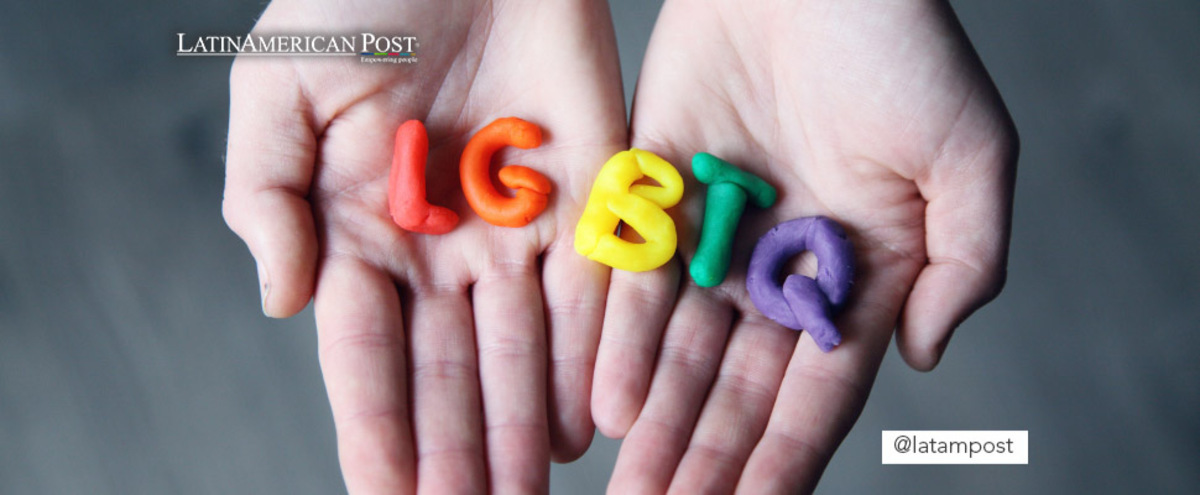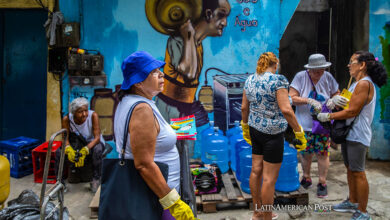What is Pinkwashing and How Does it Affect the LGBTQ+ Community?
Here we Tell you How Some Brands Take Advantage of the International LGBTQ+ Pride Day Only to Obtain Economic Benefits.

Photo: Pexels
LatinAmerican Post | Brandon Martínez Salazar
Listen to this article
Leer en español: ¿Qué es el pinkwashing y cómo afecta a la comunidad LGBTQ+?
On June 28, the International LGBT+ Pride Day is celebrated, a date to commemorate the demands of the community that for decades has been violated and stigmatized in a society that has not been inclusive enough.
Making visible and reflecting on these social struggles to demand tolerance and equality of its members has touched different focuses within the advertising context. However, of the great variety of campaigns that are carried out in "Pride Month", few are the brands that have a social interest in the realities that members of the community suffer.
So, many companies take advantage of the trend only to profit from pride and appear socially responsible. This is known as pinkwashing.
We suggest you see: Gallery: History and data of the Pride March in Latin America
What is pinkwashing?
"Pink washing” is a practice used by some brands that appropriate the trend on dates such as the International Day of the Fight against Breast Cancer or the International LGBT+ Pride Day for economic purposes.
In other words, what pinkwashing aims to do is wash the face of brands to make them look as if they were committed to the cause or defense of the collective rights of the gay community. Within marketing, these types of strategies are considered dishonest because their objective does not translate into a real change with the members of this population, but rather their struggle is being instrumentalized to generate economic benefits for particular sectors.
How does it affect the LGBTQ+ community?
According to Reboot, an Internet search engine optimization company, practices like pinkwashing are increasingly being rejected by consumers, who question the true intentions of brands towards problems.
In an investigation carried out by the same agency, it was found that 9% of those surveyed on this subject have no intention of purchasing any product that is promoted with advertising alluding to gay pride. The problem with this is that an inclusive policy is not being implemented for those who identify with the LGBT+ community because they are only being displayed in their commemorative month, while the rest of the year the organizations have no interest in giving them any visual participation.
This leaves a frustration that directly affects the members of the community. However, the Human Rights Campaign organization has been developing programs to control pinkwashing in brands and measure their performance focused on LGBT+ labor equality, without falling into morally questionable practices such as "pinkwashing".
How to detect pinkwashing?
According to the DVK Salud y Bienestar web portal, you have to be very careful with advertising regarding pride, since many organizations in their eagerness to receive economic benefits decide to join such a popular topic without having social responsibility.
Therefore, it is essential to take into account the following aspects:
- Audiovisual products: In some plots, characters are presented who are at the anecdotal service to attract an audience without really representing the gay community and its social causes.
- Appear gay-friendly: Institutions often show a friendly face in favor of the community to gain popularity and feel closer to the people. This is negative because it does not delve into the problems that exist in its context and what it does is ignore or normalize the discrimination that the LGBT+ movement actually suffers.
- Ephemeral advertising commitment: In this case, it is important to monitor the campaigns in which pride is used to market products. If after June the marketing strategies disappear, it is evident that there was no interest in LGBT+ needs.
In general, the corporate portals of the brands expose their social responsibility plans and strategies. There you can check what their inclusion policies really are. Likewise, entities such as Great Place to Work® make lists of the best companies to work for, in which they evaluate different aspects such as diversity and inclusion within the companies.




